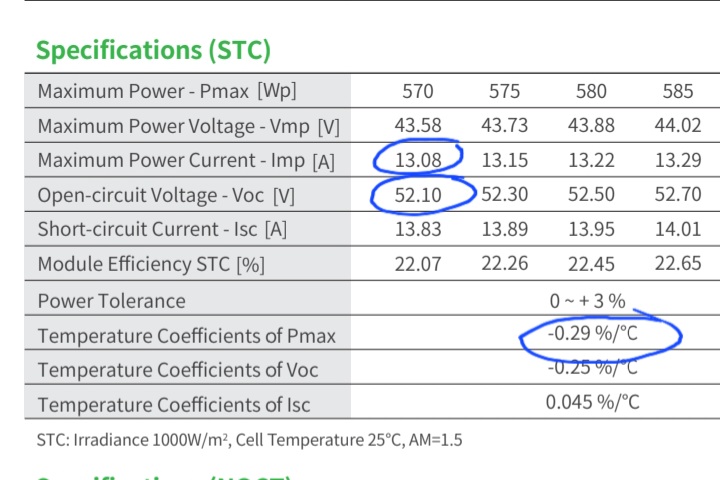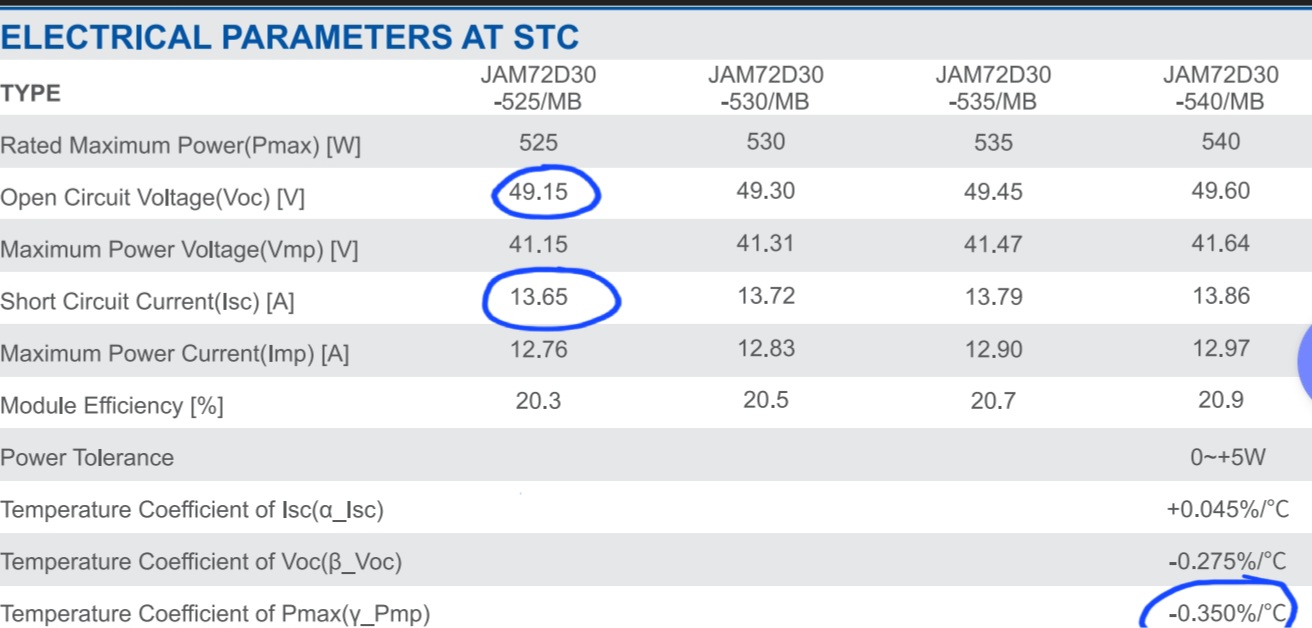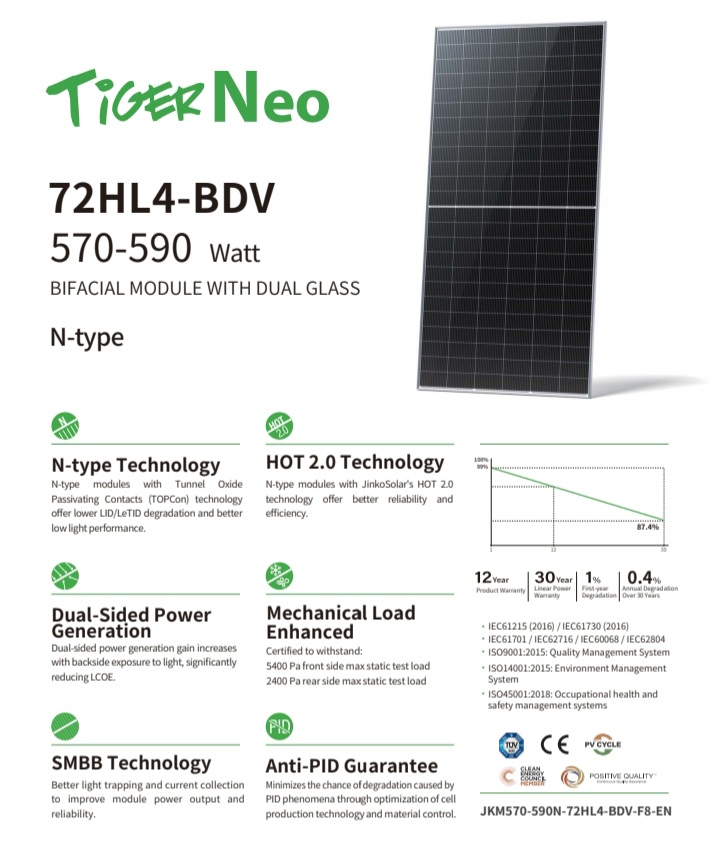Introduction.
Energy is a very concerning problem in Pakistan due to its high prices and regular breakdowns in hot summer. Political leaders along with incompetent bureaucracy never bothered to make new dams which can provide electricity at cheaper rates. The number of dams in Pakistan are never enough to meet energy demands of Pakistan. This alarming situation forced people to install solar systems which provide clean energy at daytime. Solar systems do not produce pollution and noise and can store energy in batteries too. Though its initial high cost is still a huge problem for common man but the energy return is ten times higher than cost. Today our markets have been flooded with chinese made solar panels some of which have low quality. Pakistani in general like low priced items which force importers to import low quality panels. None of the government department checks the quality of imported panels and hence local markets have too many low quality panels. This article will enable common man to know few important parameters of solar cells and they will easily identify the best available panel in market.
The power produced by any cell is the product of voltage and current. This means higher the current and voltage of a cell higher will be its output in watts.
Power (watt)=Voltage (Volts)*Current (Ampere)
Both voltage and current are clearly written on the back side of all solar cells. Choose a panel which has highest values of Voltage and current. Ask technician to check these values at daytime when sky is clean with shining sun. Based on available data of all panels, Bifacial (also called Double Glass) Canadian cells from CSI and Jinko have highest values of both voltage and current as compared to other brands. Canadian, Jinko, Longi, Trina and JA is the descending ranking in terms of voltage and current. Canadian has highest values while JA has lowest. People usually prefer JA over Canadian cells due to lower prices but this price difference is too minor. It will be wise to buy four Canadian than buying five JA cells due to high output.The difference in voltage of Jinko and JA can be seen in Table1 and Table 2 respectively.

Table 1 shows Voltage,Open circuit current and Temperature coefficient of N type Jinko panel

Table 2 shows Voltage,Open circuit current and Temperature Coefficient of N type JA Panel
Pakistan in general has hot climate for longer period. Summer usually in May and ends in October. This means that panels resistant to higher temperatures are highly needed in this part of the world. Temperature always rises to 40o C in June, July, August. Higher temperatures greatly affect output from all kinds of cells. With each degree rise in temperature both output power and flow of current reduces.To actually measure the total loss of Power due to higher temperature solar experts have introduced Temperature Coefficient. It is the percentage of power loss with each degree rise in temperature above 25oC. Each solar panel typically has a different temperature coefficient. A higher value of temperature coefficient means the cell material is more vulnerable to heat causing more losses. The value of this coefficient may not be written on the rear side of cell but can be found on website of concerned panel. Let assume you bought Longi panel and you want to find its temperature coefficient, go to official Longi website and see full specifications of same panel. Same is the method to find full details of other solar panel available in the market. Presently temperature coefficient of most panels fall in the range of -0.27 to -0.38. After full inspection of data it was revealed that N type Canadian, Jinko and Trina panels have least values of temperature coefficient which means they can resist higher temperature. These three brands will produce more power in summer as compared to other brands. Canadian, Jinko, Trina, Longi and JA is the descending order of cell efficiency in summer.Table 1 and Table 2 shows that Jinko has smaller value of Temperature Coefficient as compared to JA and hence more efficient in summer .
With the passage of time newer technology emerges which help in producing more power. The newly introduced N type panels are those which have been made of both silicon and Phosphorus. Phosphorus has more electrons and hence it produces more current. Nearly all brands (Canadian, Jinko, Trina, Longi, JA) have introduced N type panels. All of these are now easily available in local markets.Figure 1 explains difference between N type and P type cells while figure 2 explains formation of N type cell.

Figure 1 explains differences of N type and P type cells.

Figure 2 explains formation of N type cells
Bifacial means the cell give power both from front and rare side. Due to output from both sides cell output increases by 20%. The warranty period is also an important factor while choosing best panel. Among all available brands in the market, Canadian panels offer longest warranty period of 30 years. We strongly recommend Bifacial N type panel of any brand for common man. Those who have enough money should always choose Bifacial N type Canadian or Jinko, both being slightly expensive and best in all respects.Figure 3 shows Physical,mechanical and electrical properties of Bifacial N type Jinko panel.

Figure 3 showing physical,mechanical and electrical properties of N type Jinko cell


You must be logged in to post a comment.